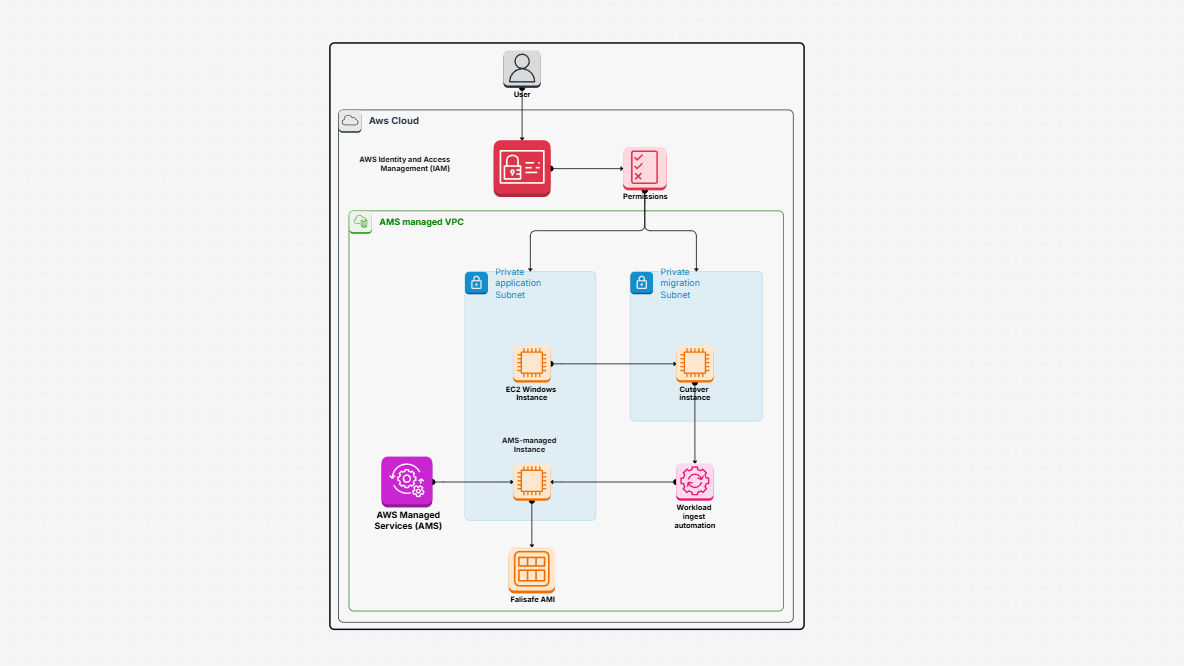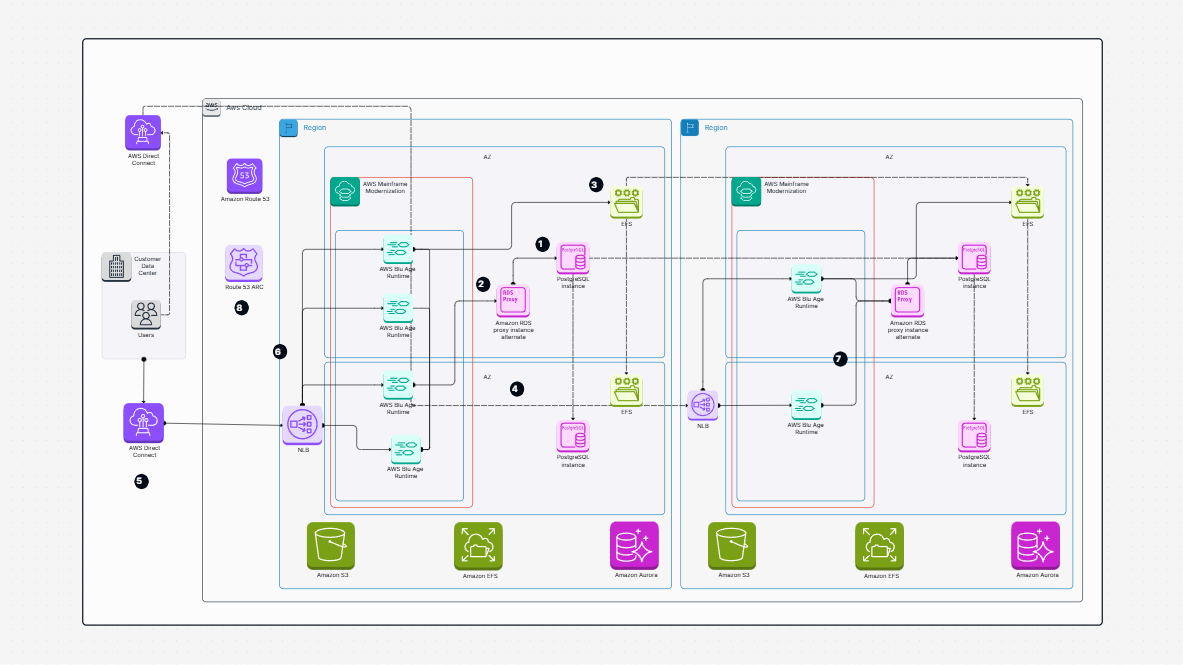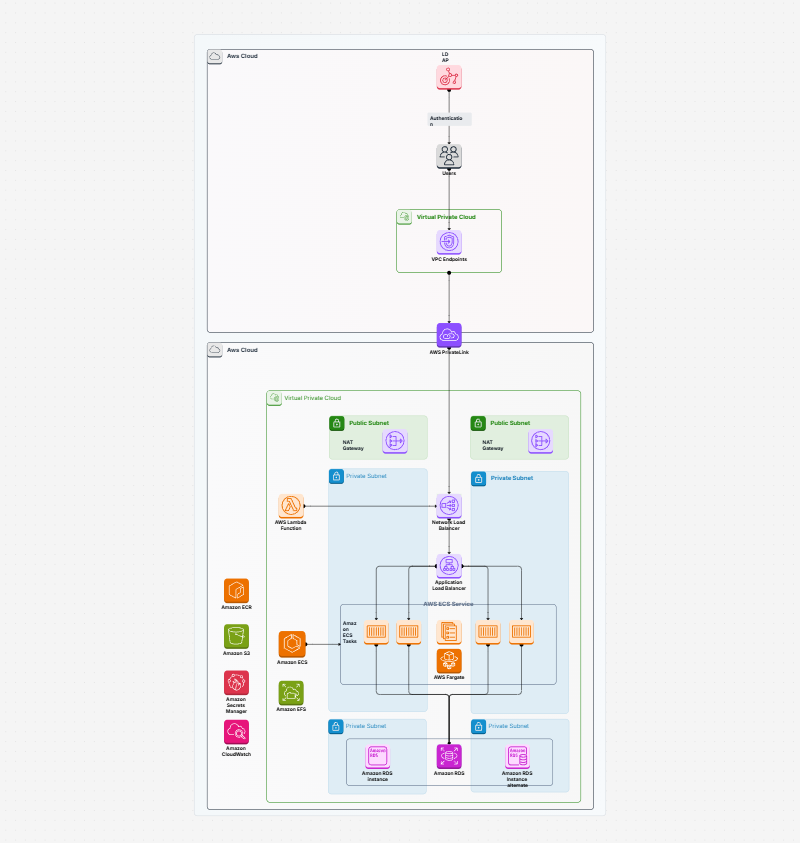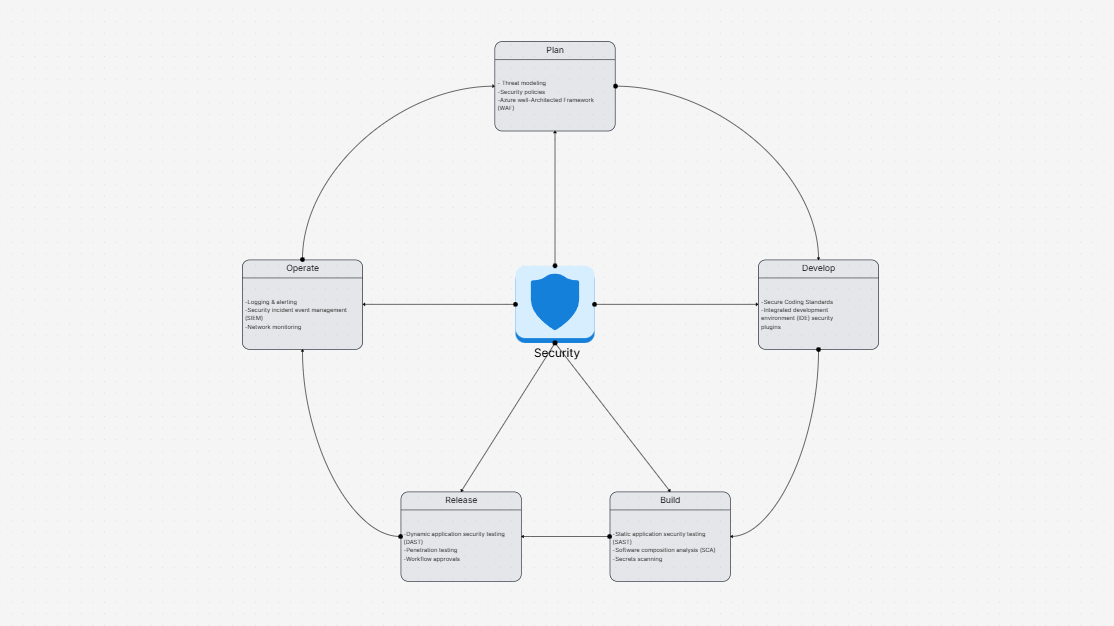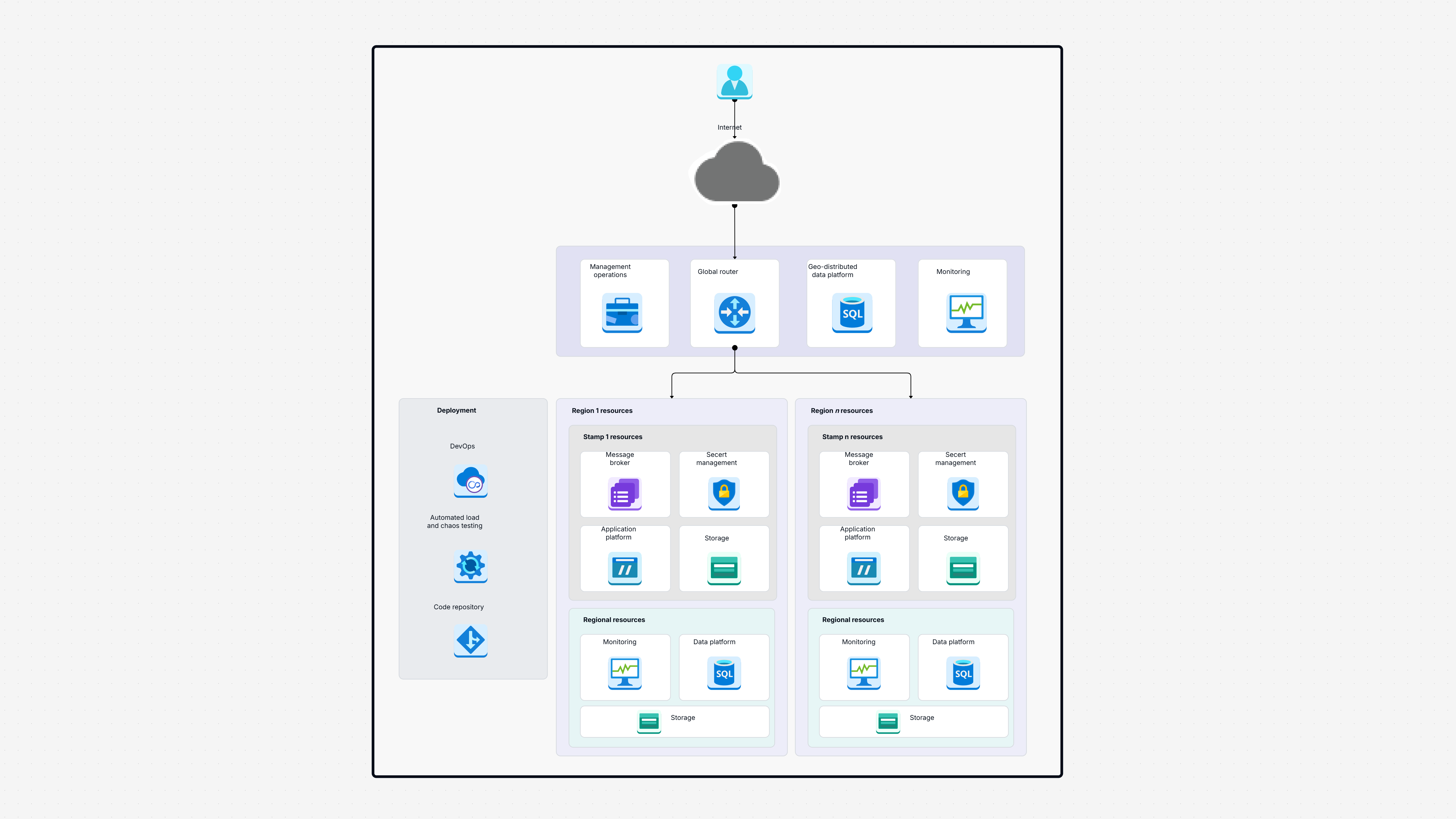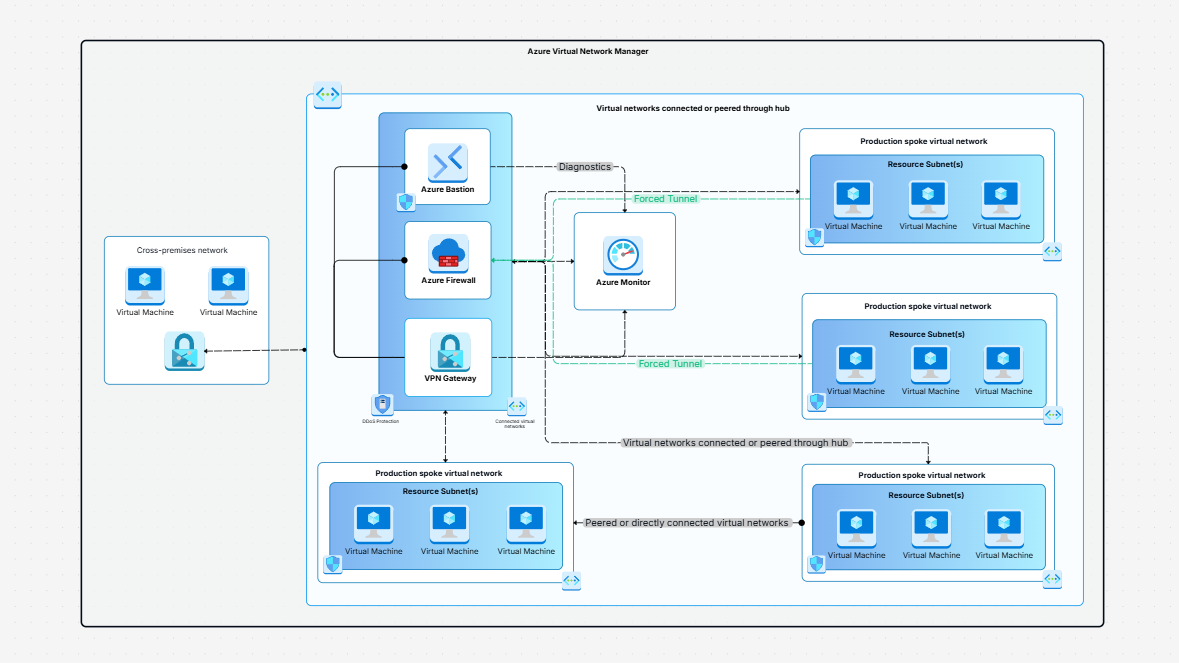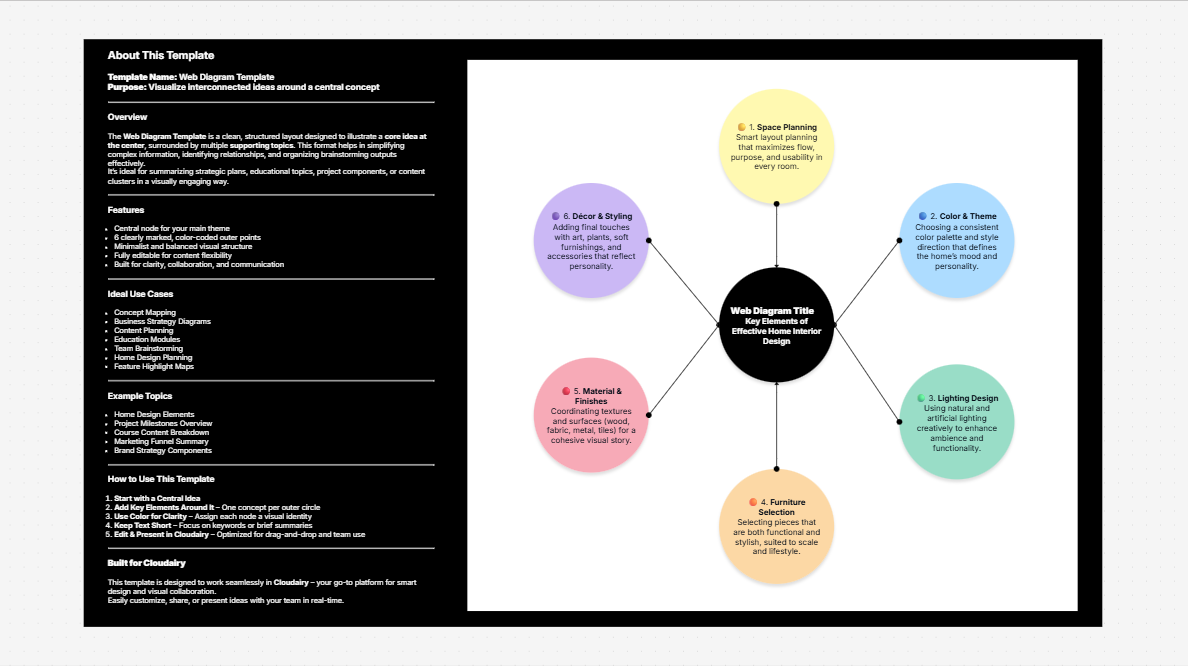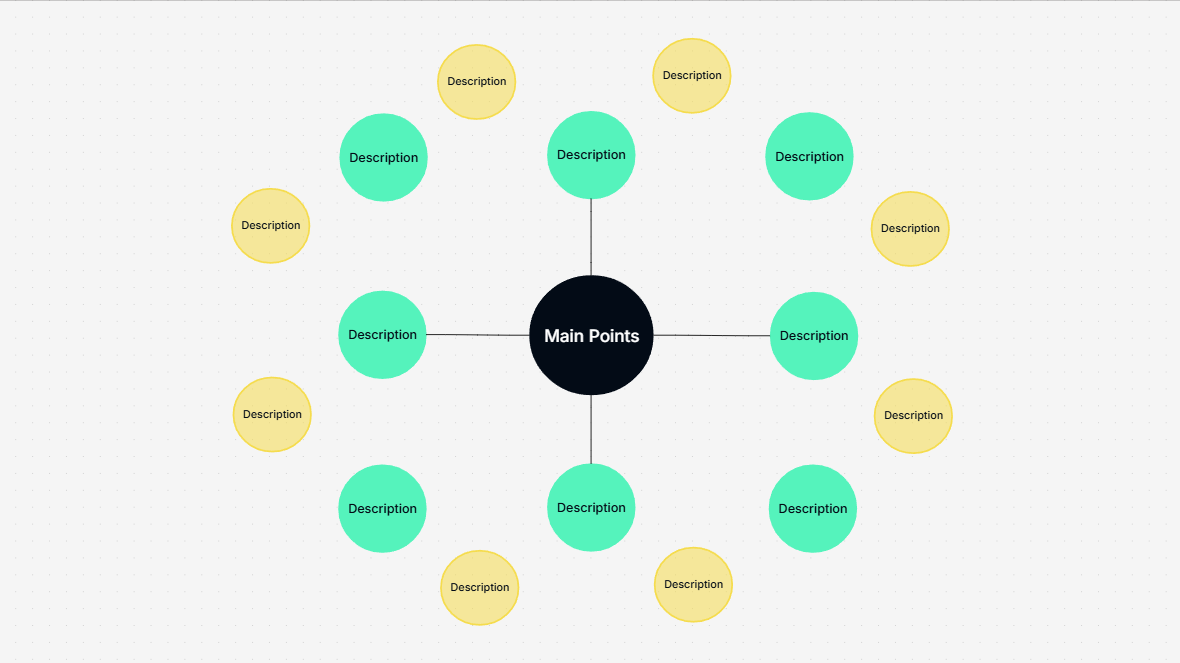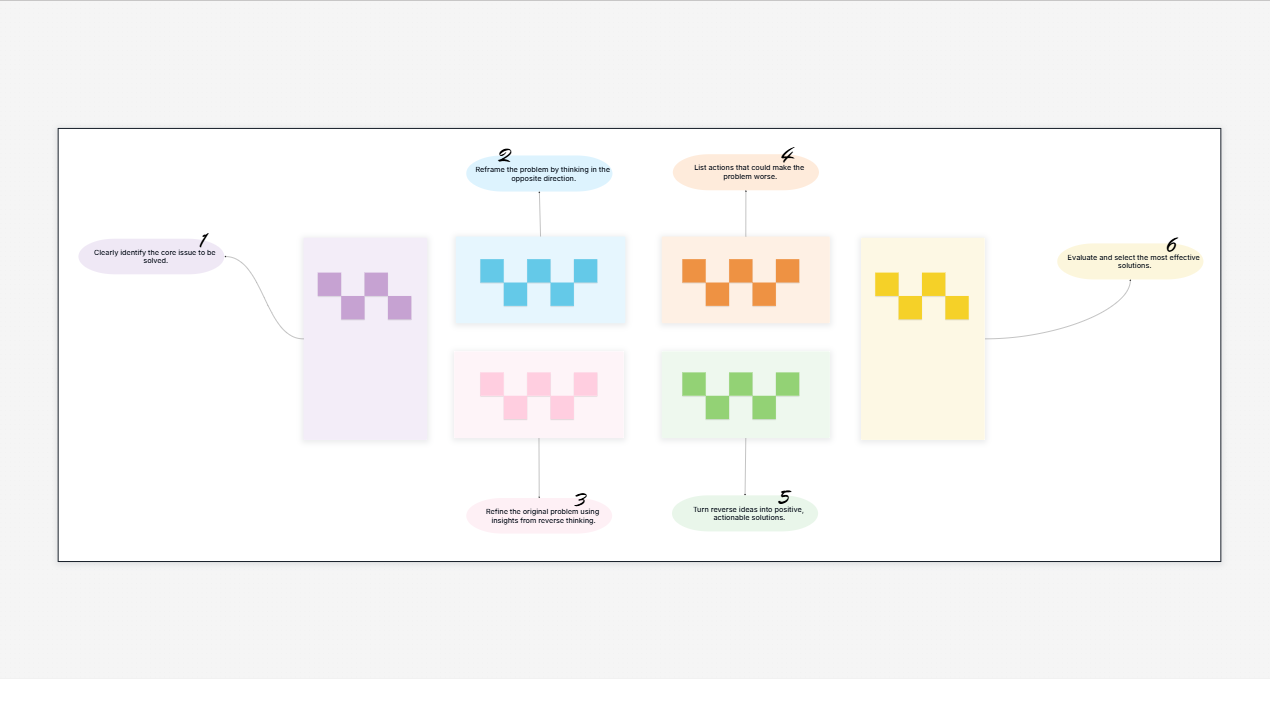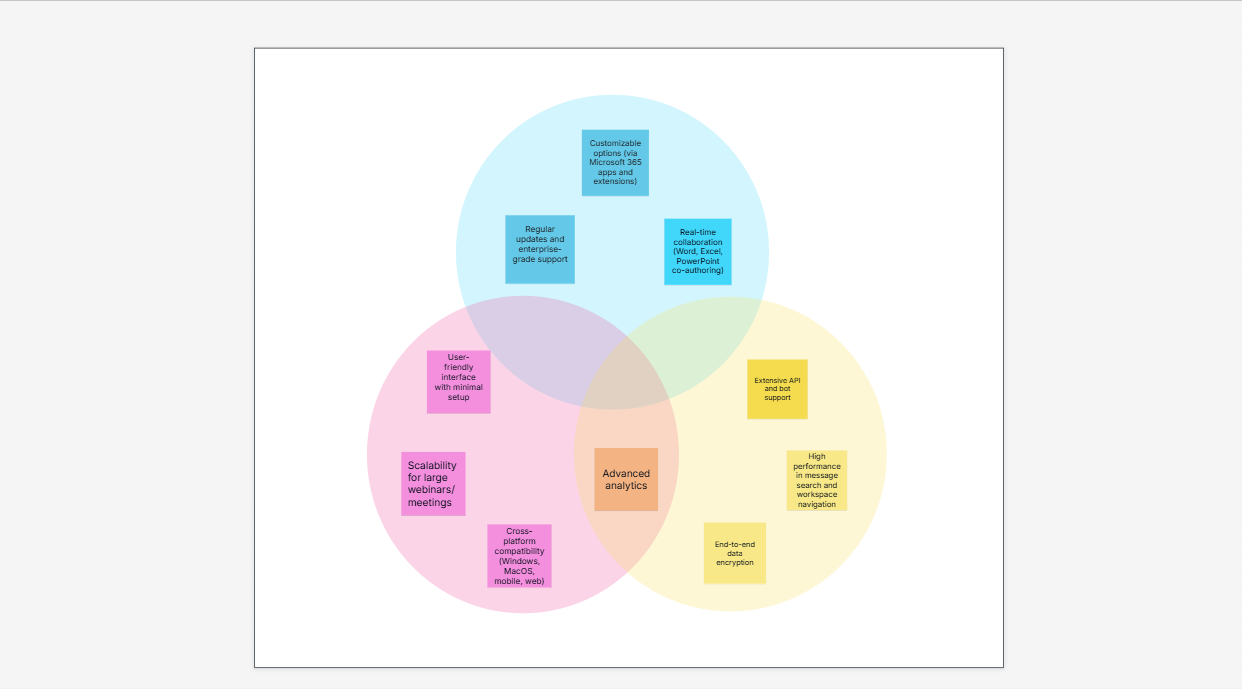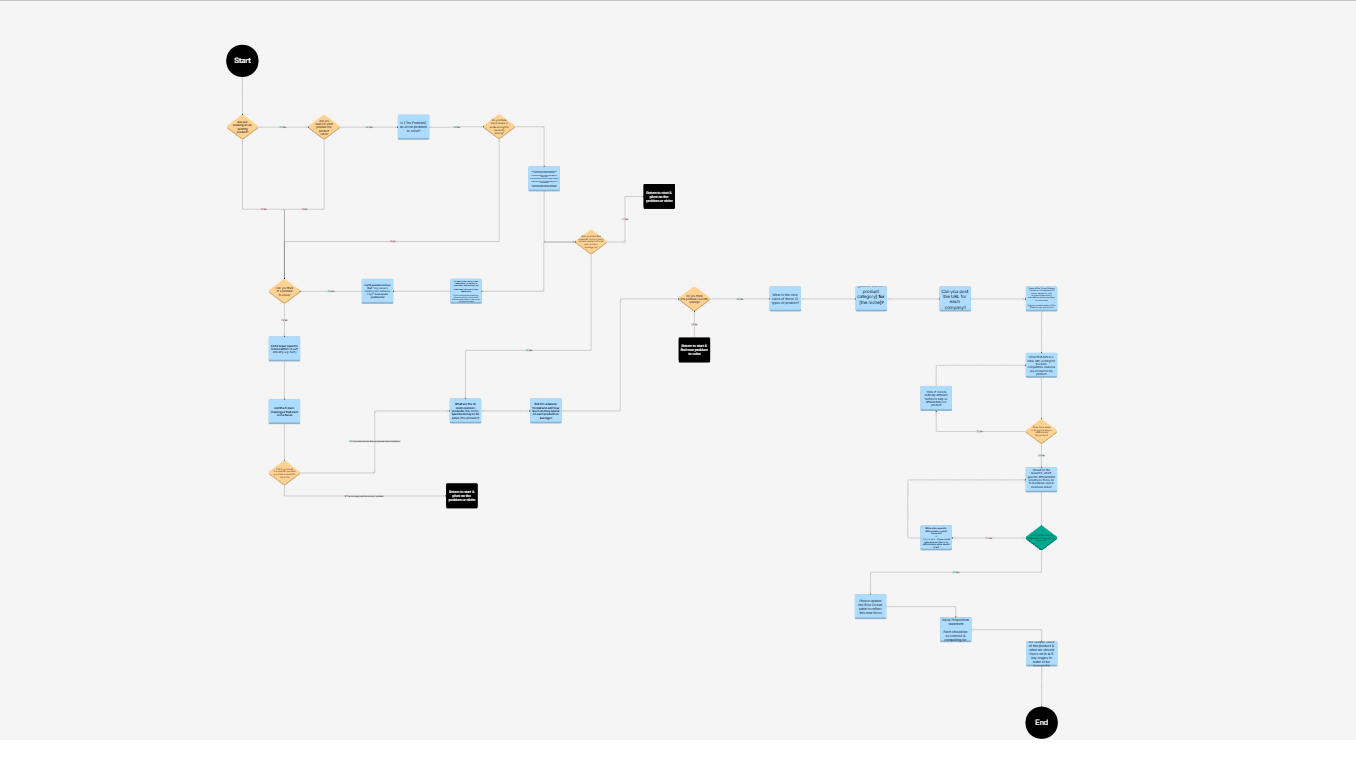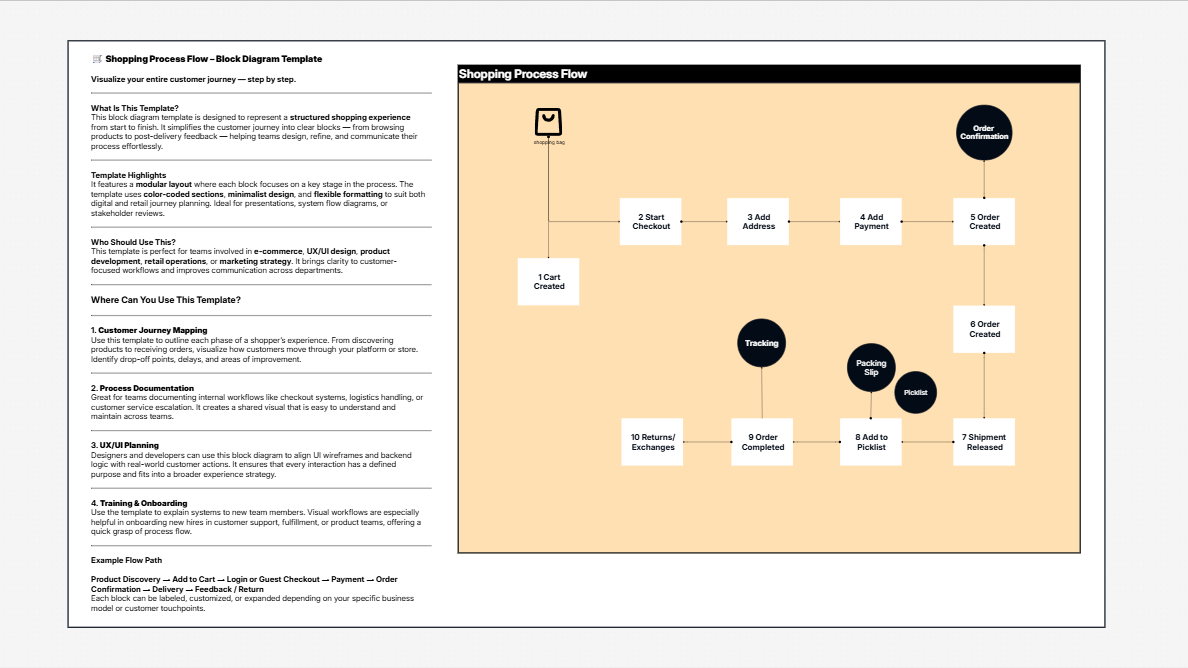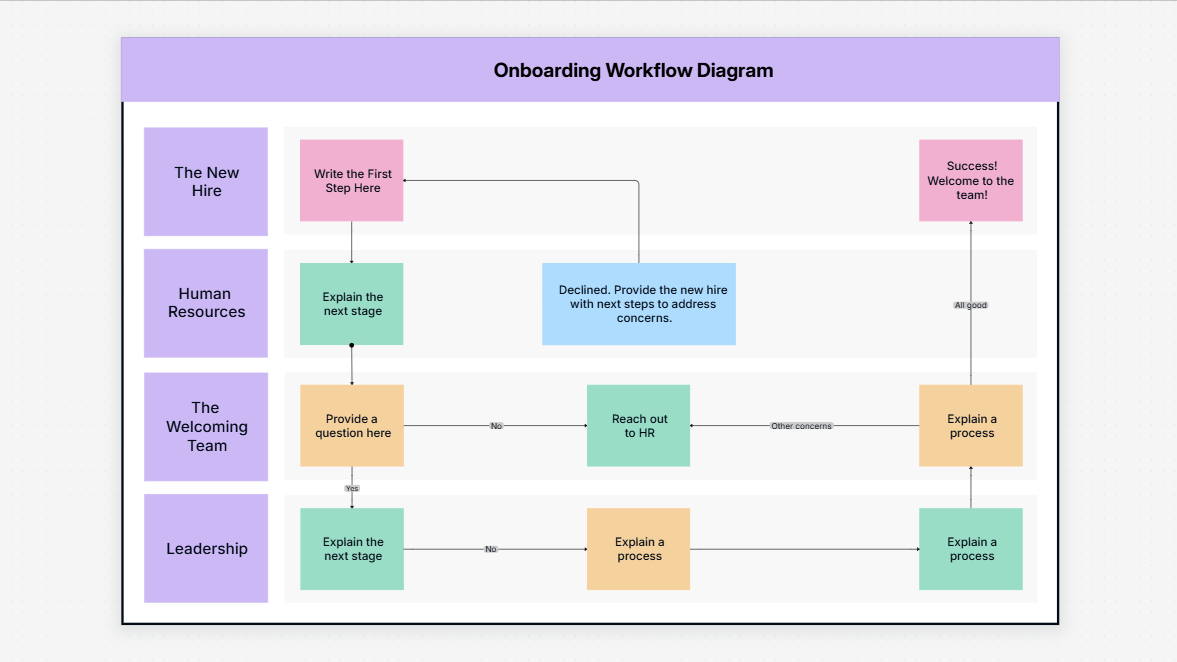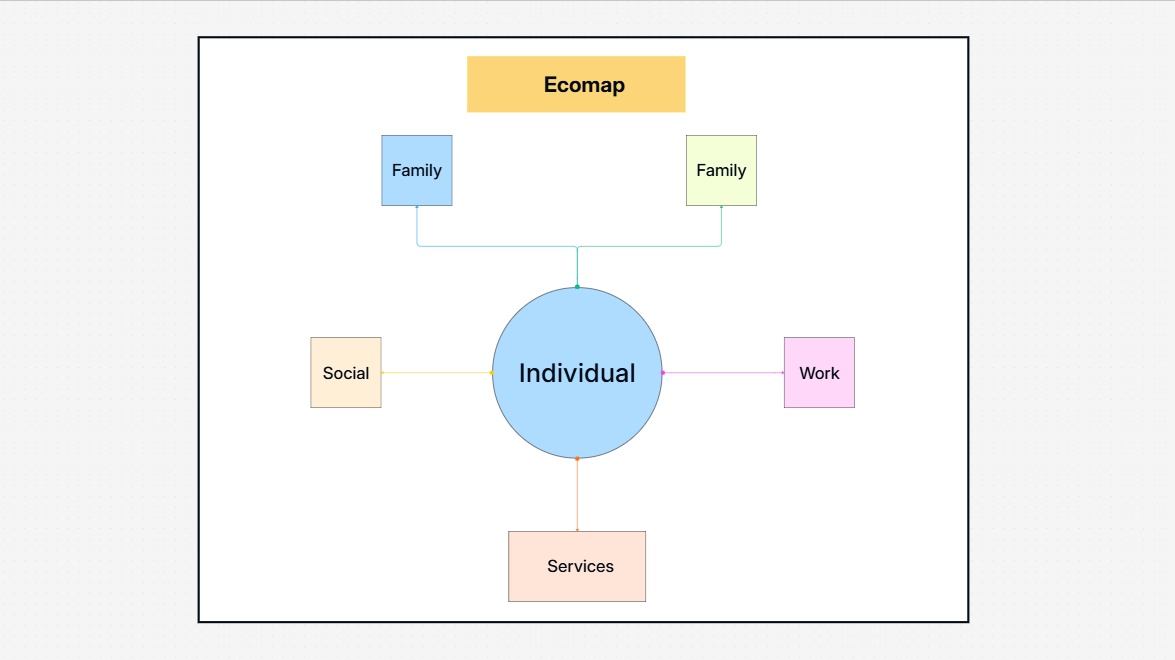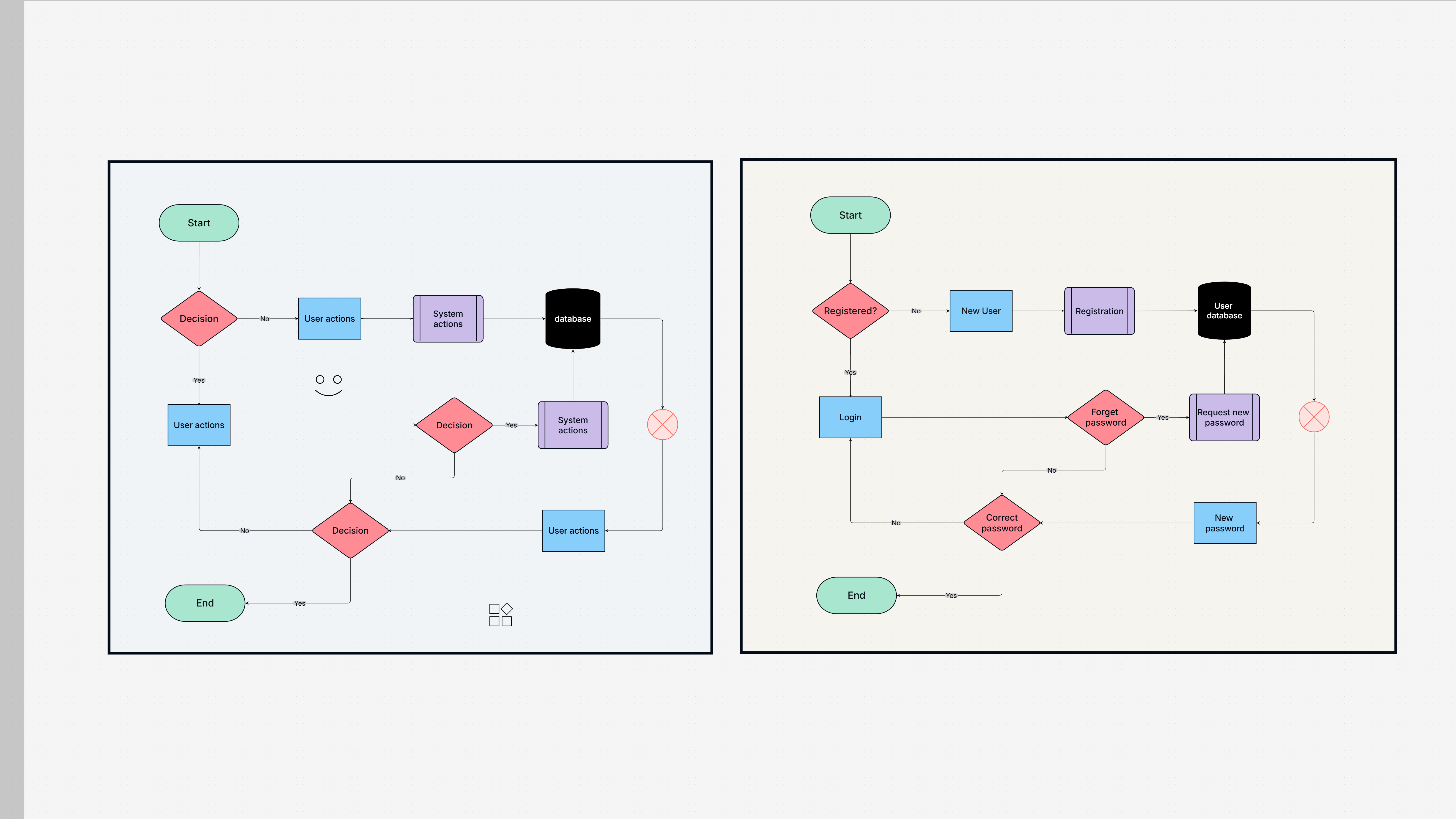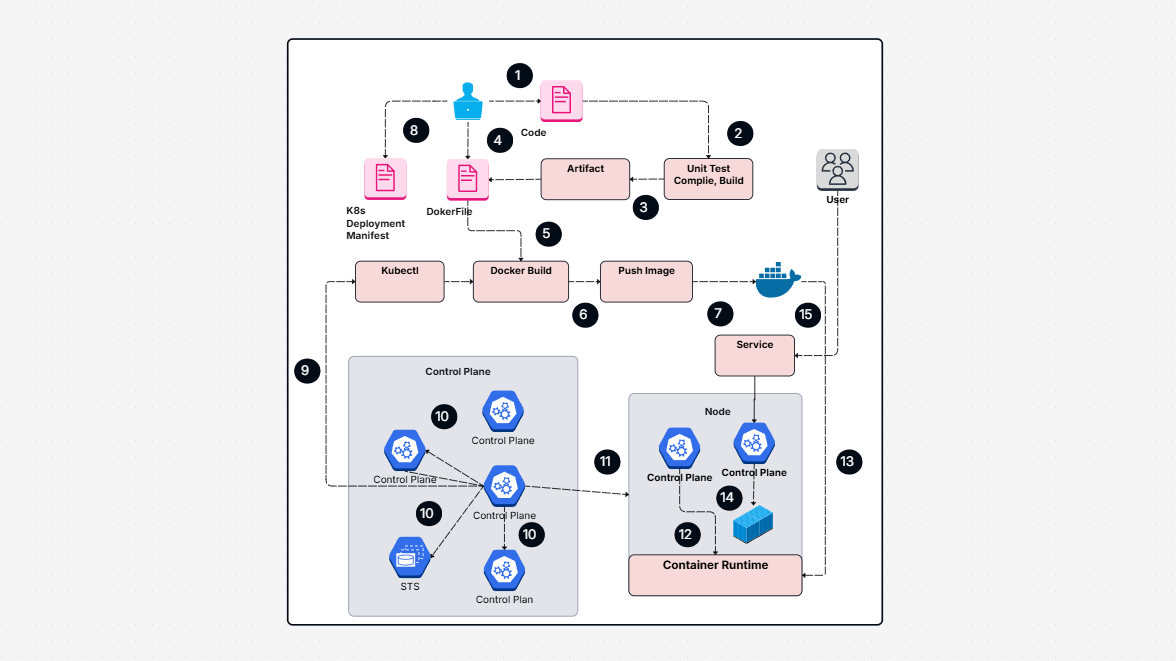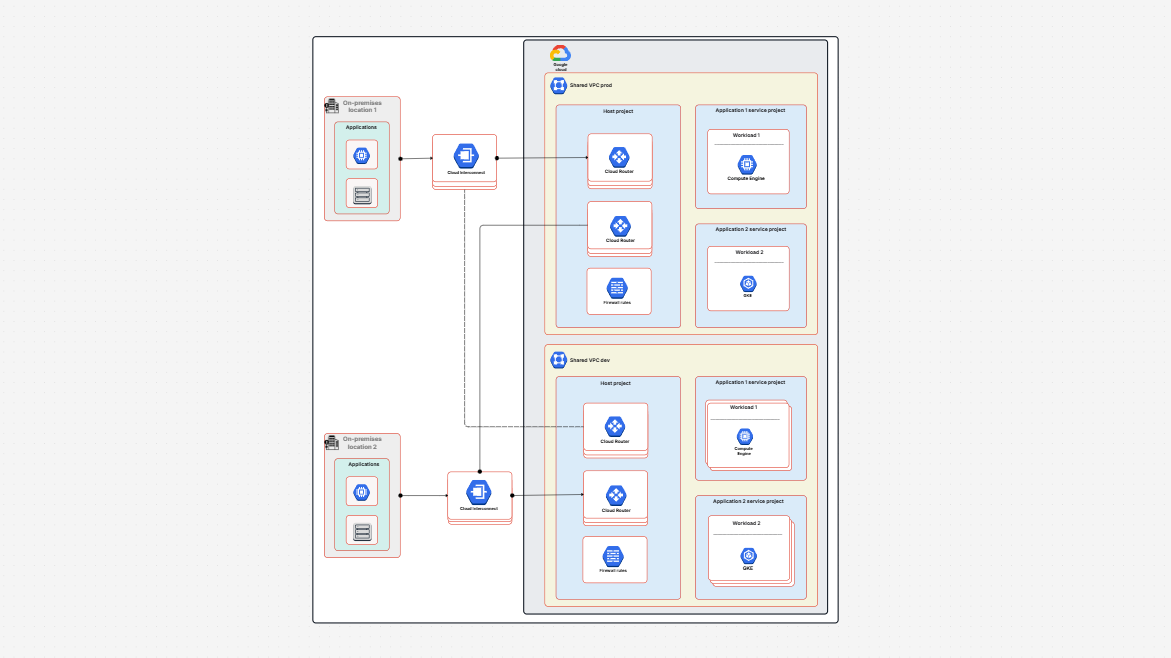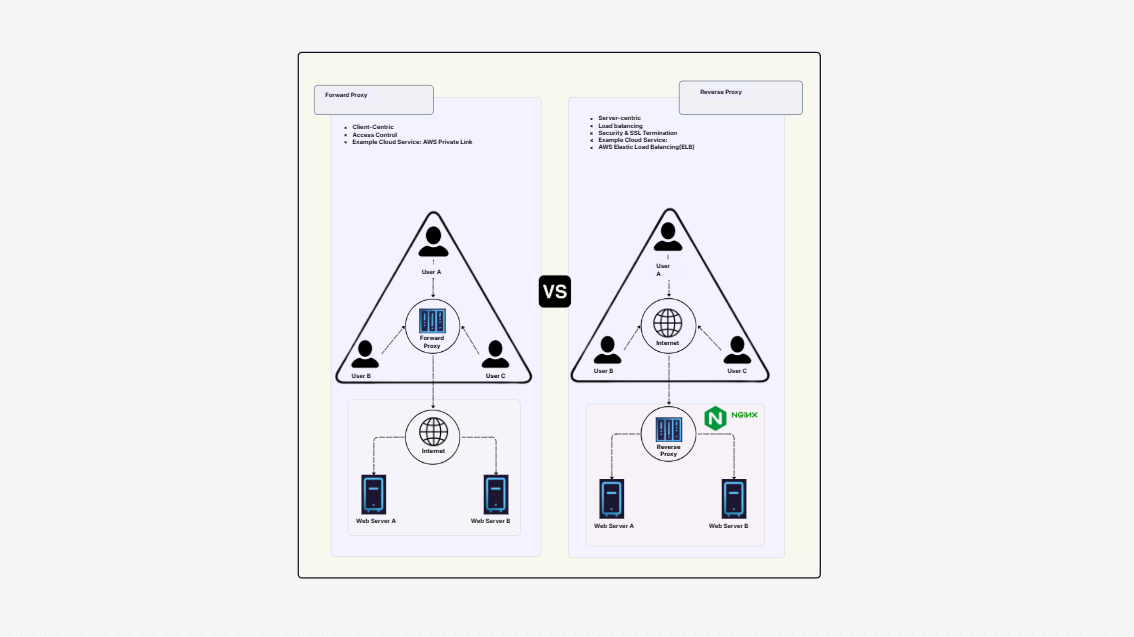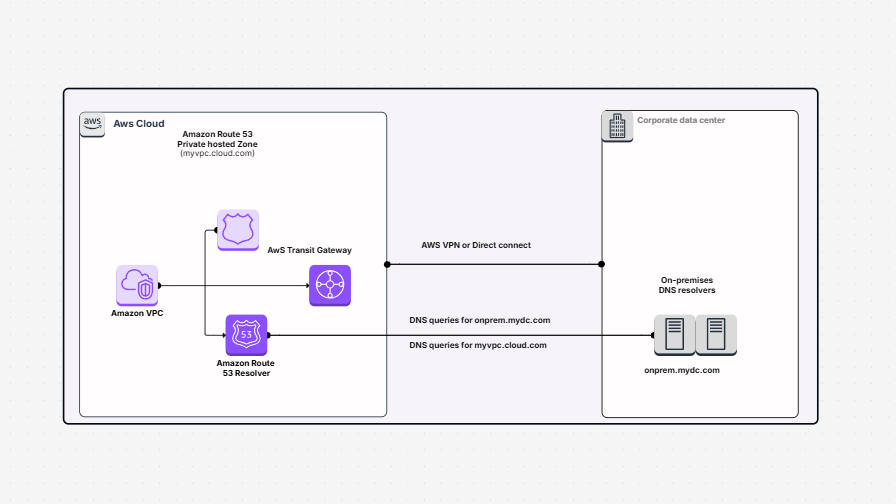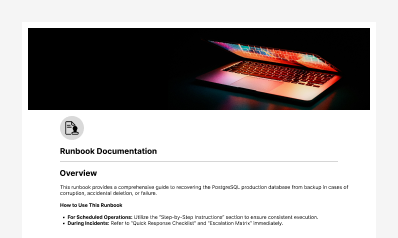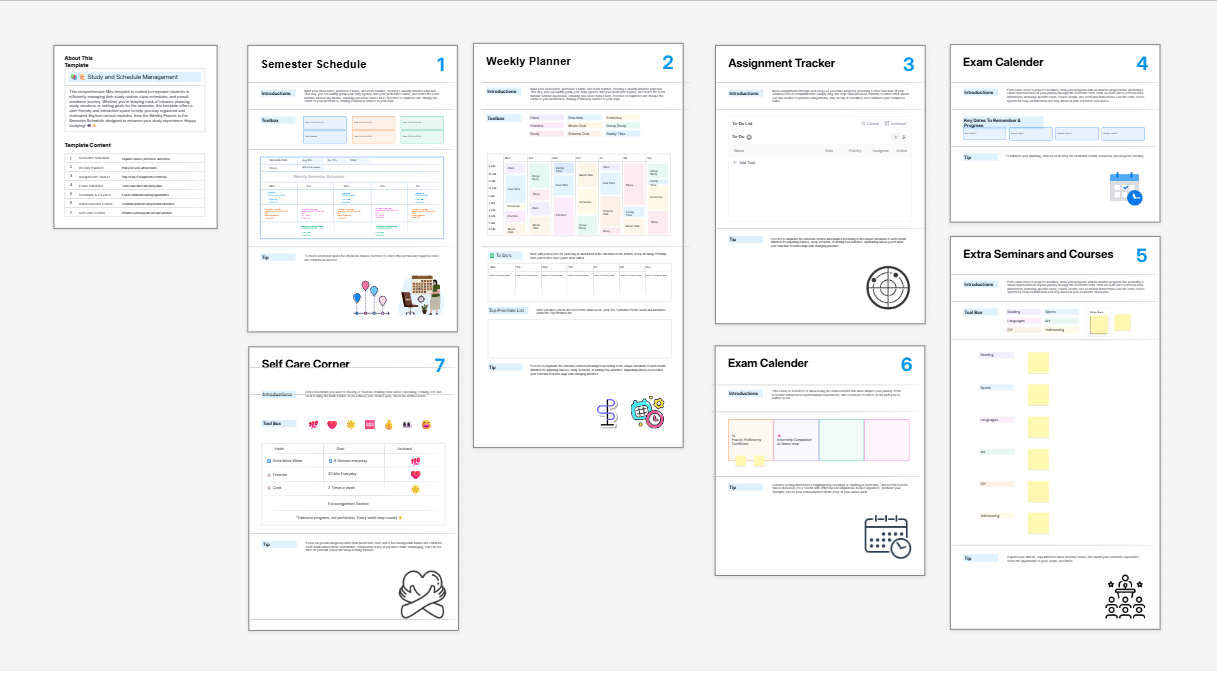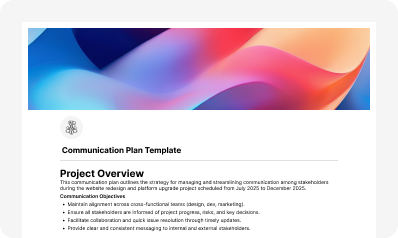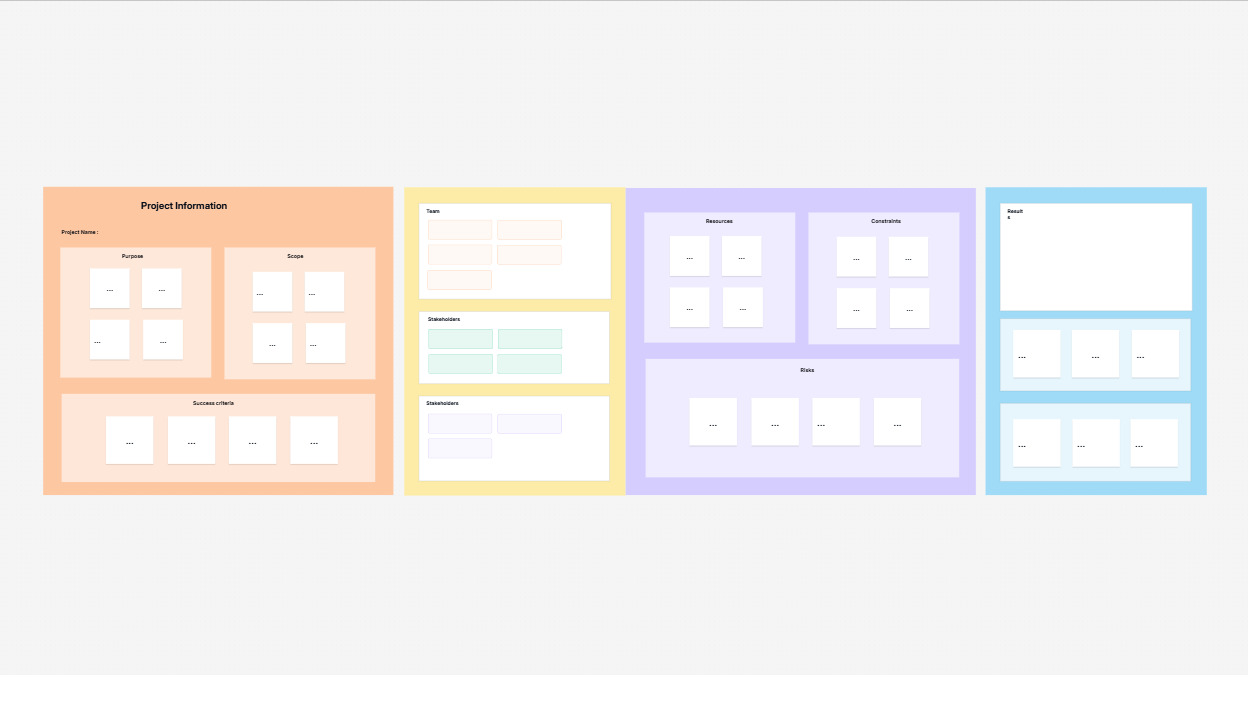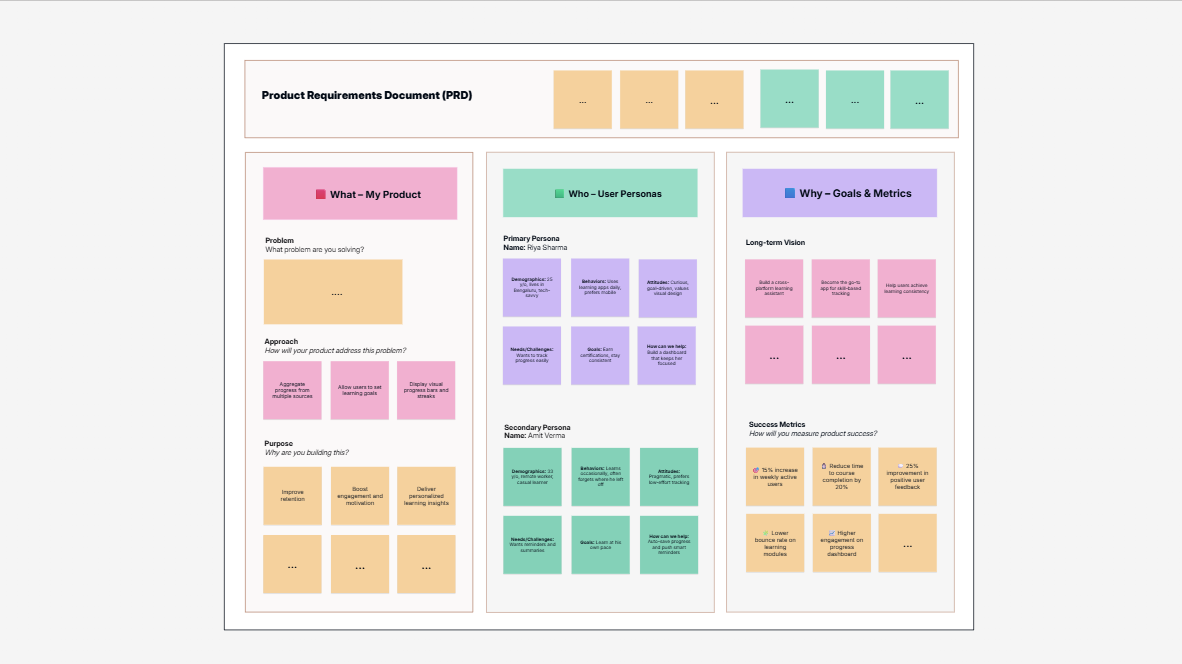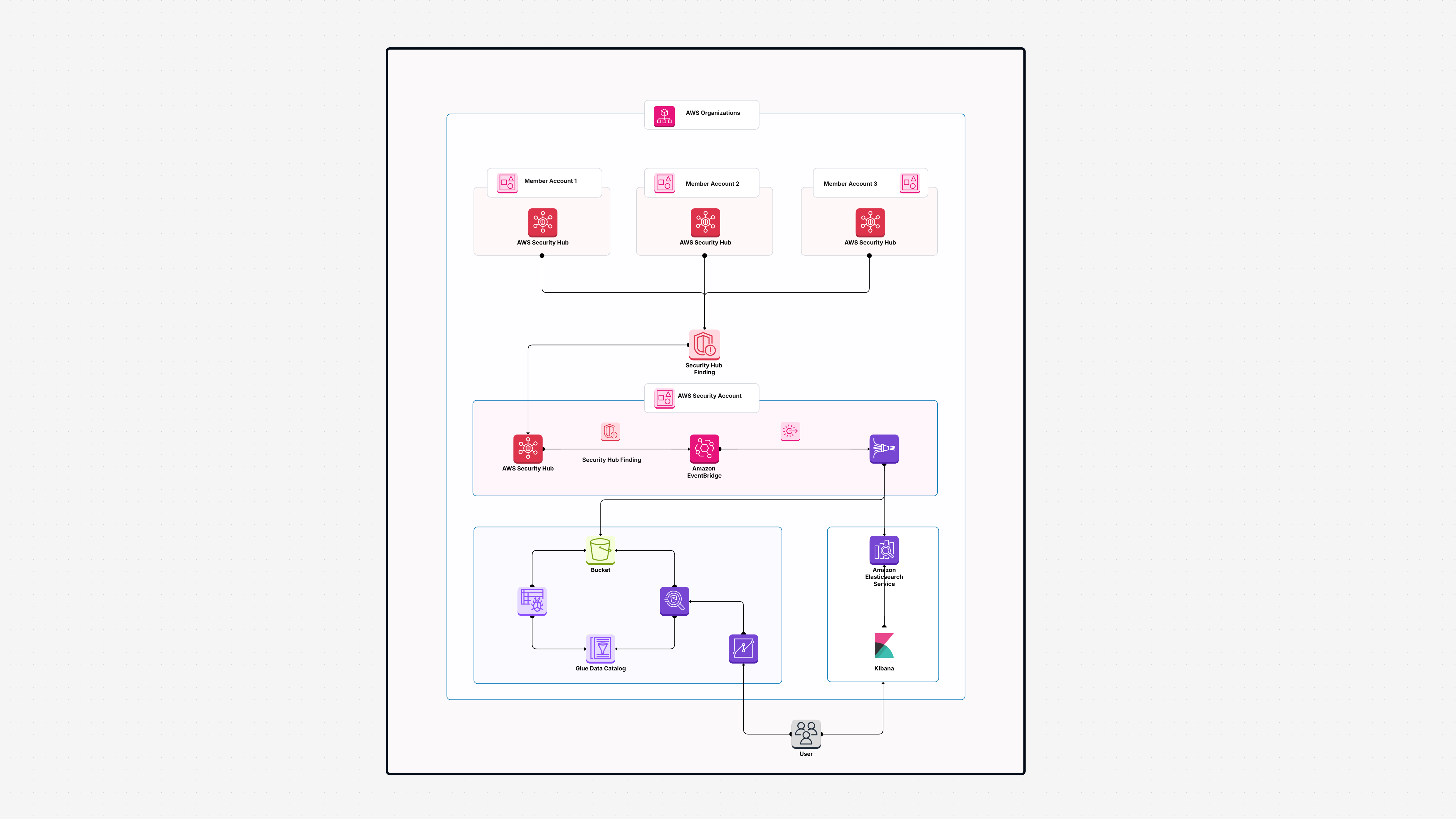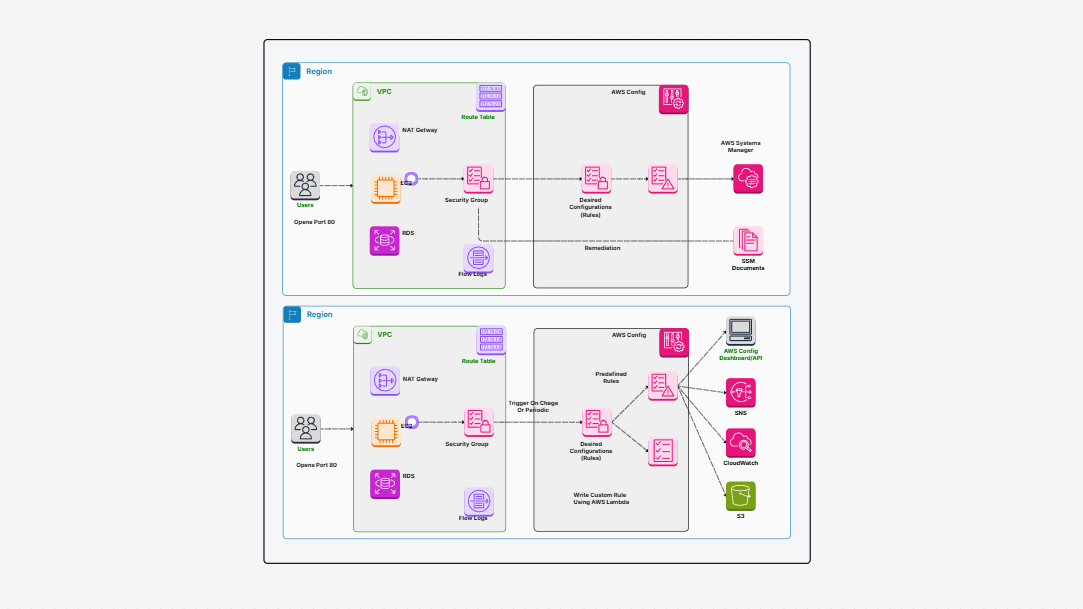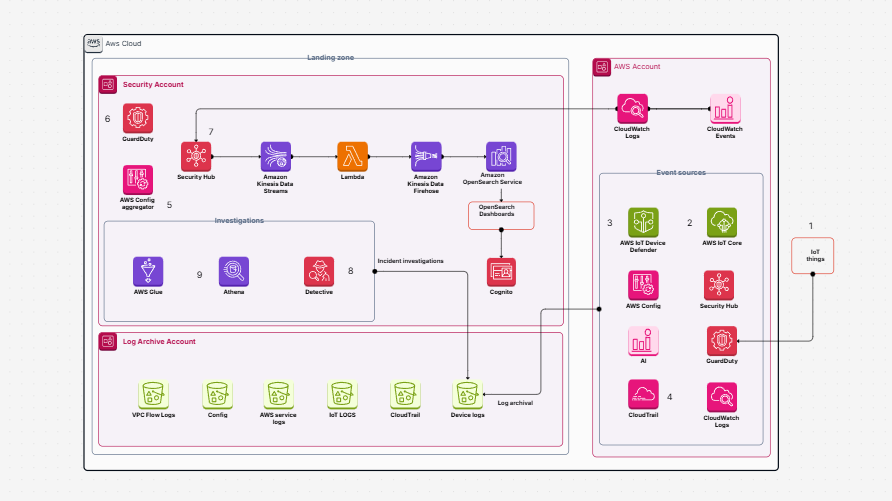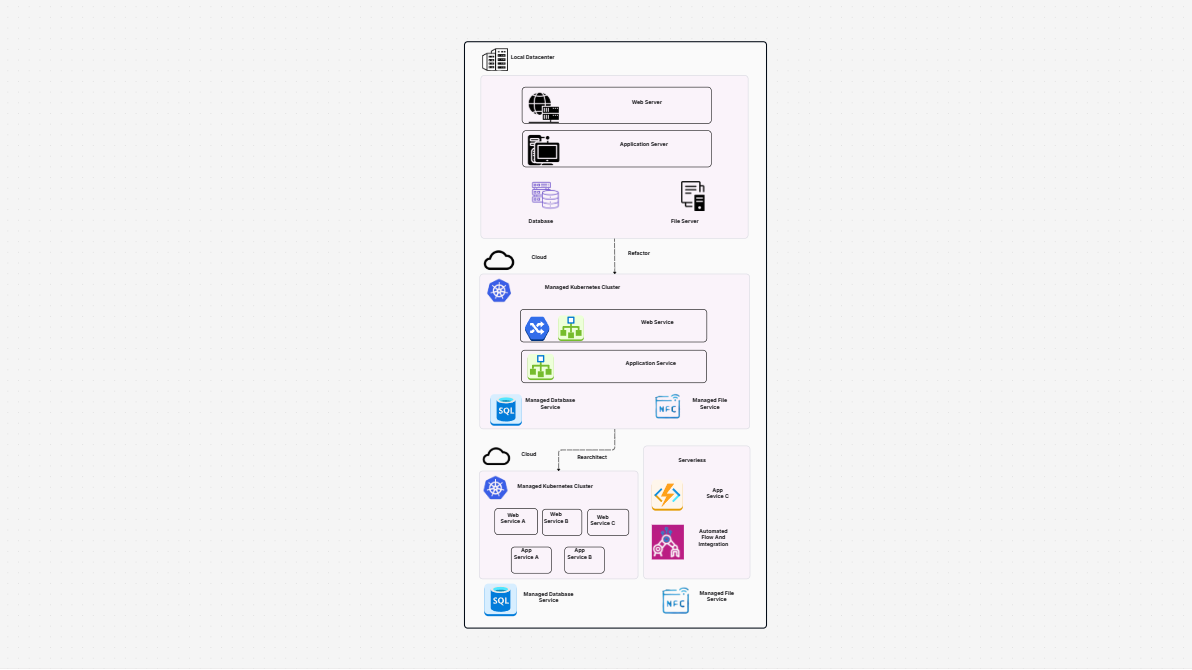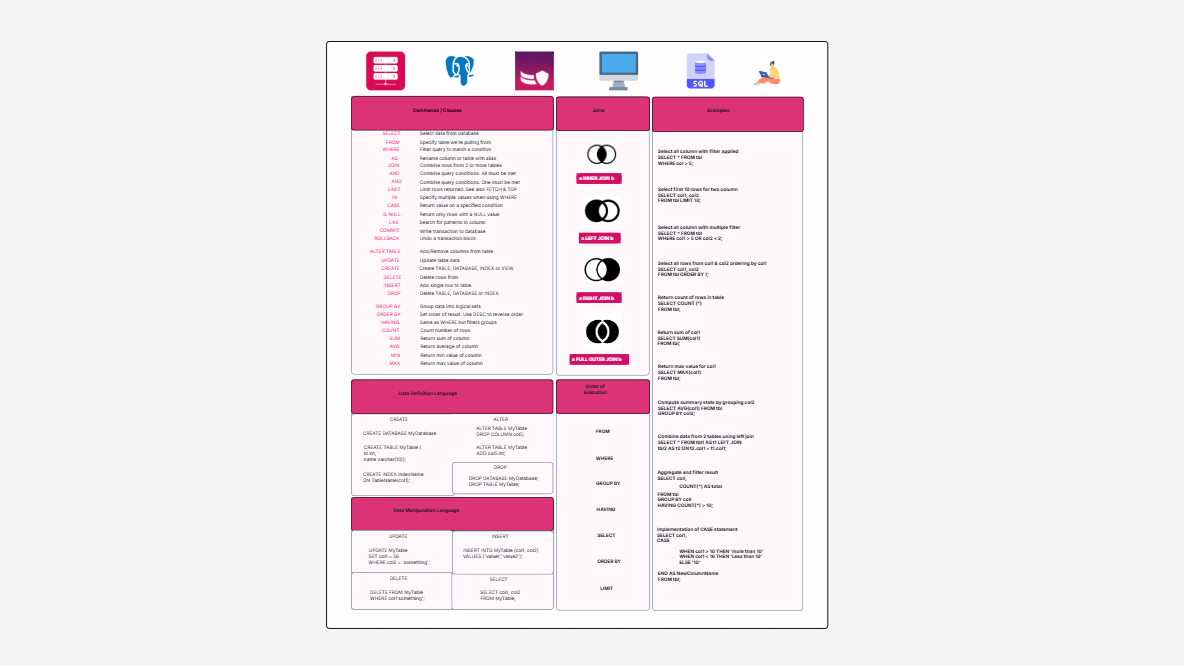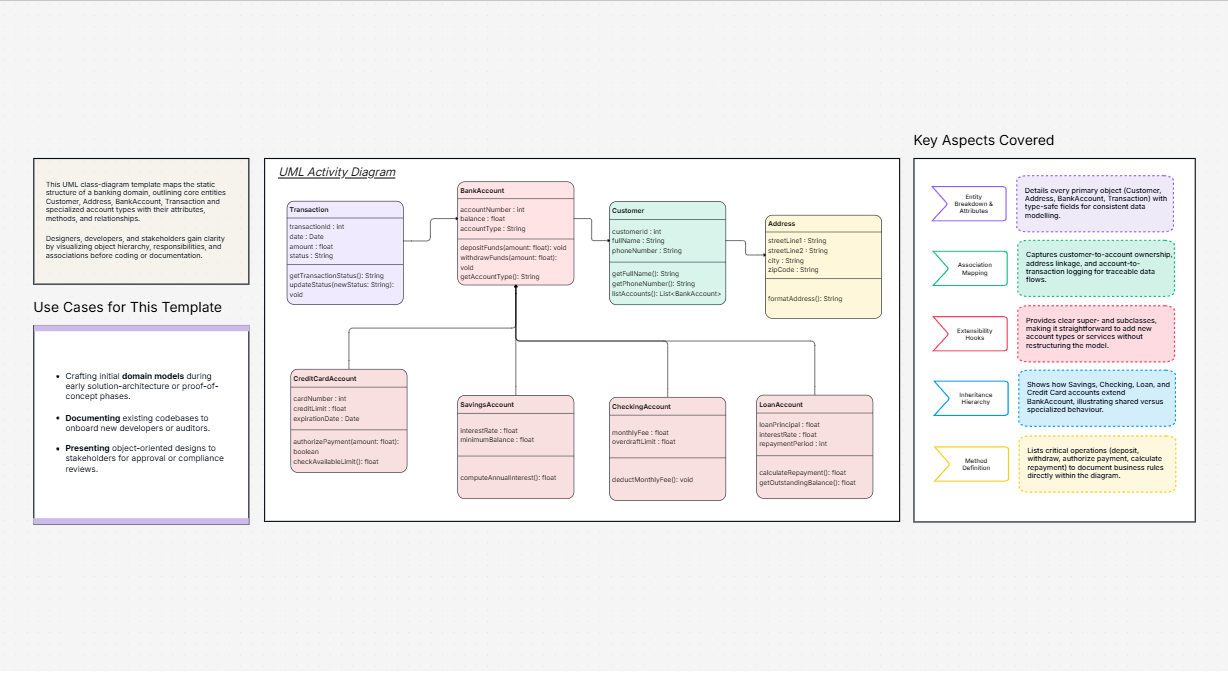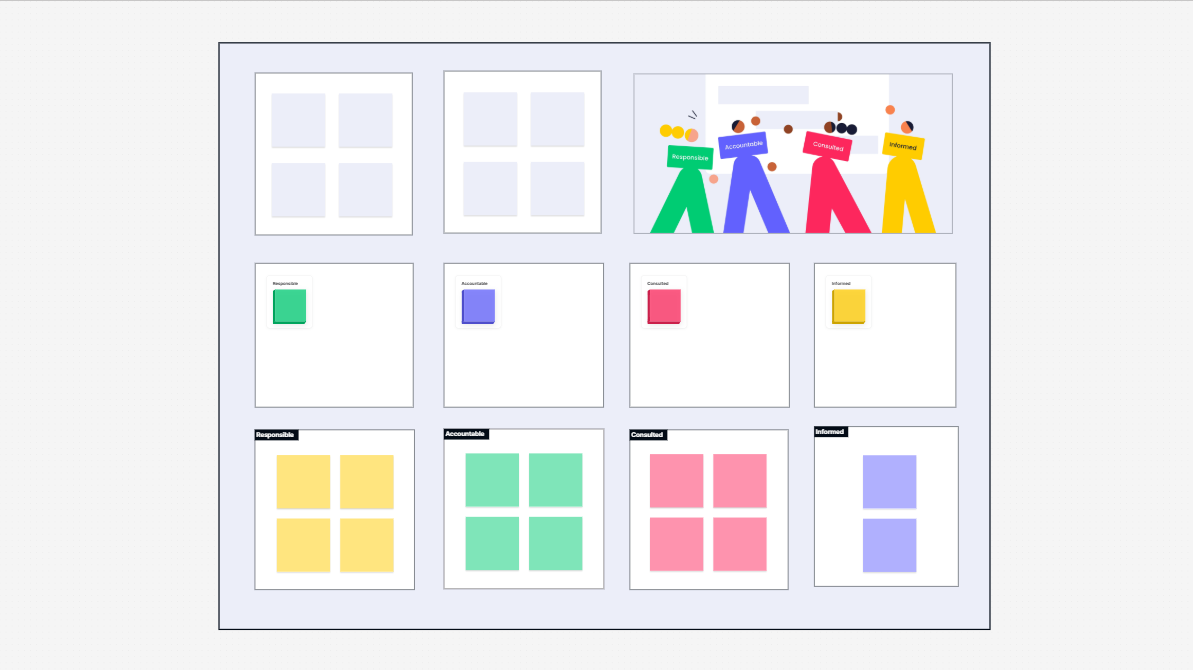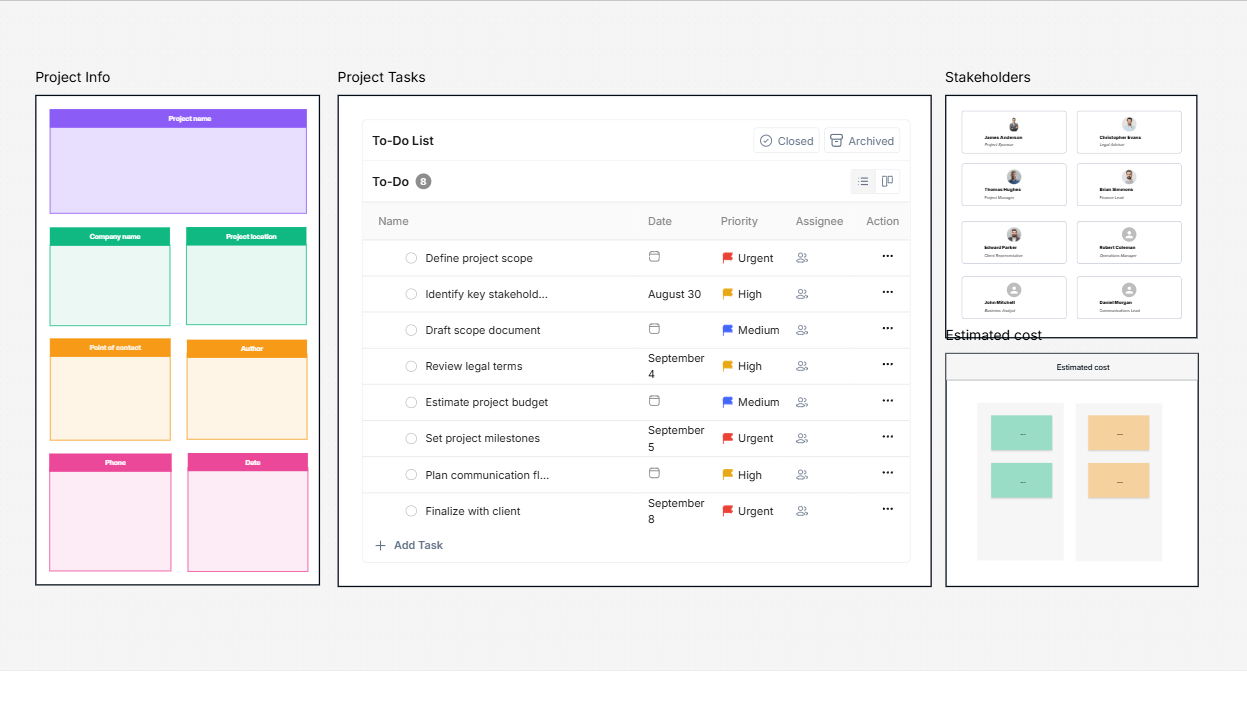WorkHub

What’s This All About?
You’ve got a container-based application—maybe it’s a backend service, an internal dashboard, or anything you don’t want open to the world. Instead of exposing it over the internet, the Private Access to ECS Applications template setup uses AWS tools to keep everything inside the walls of your cloud environment.
Here’s how the pieces fit together:
- Amazon ECS with Fargate runs your containerized app without needing you to manage servers.
- AWS PrivateLink creates private, secure connections between your services and your users—no public IPs needed.
- Network Load Balancer (NLB) takes care of routing traffic efficiently within your network.
- Private subnets make sure none of your resources are accidentally exposed.
- Security groups and IAM policies keep your access rules tight and under control.
If you're working in a regulated environment (like finance, healthcare, or internal enterprise systems), this setup hits the sweet spot between agility and security.
Getting Started in Cloudairy
If you’re using Cloudairy to manage your cloud templates, here’s how you load this up:
- Log into your Cloudairy account.
- Go to the Templates section.
- Search for “Access Container Applications Privately on ECS”.
- Click on the template to open it up.
- You’ll now see a full diagram showing how all the AWS services work together.
From here, you can tweak things, add your own resources, or start deploying directly.
️ How to Use This Setup?
- Start with the Template
Pick the ECS Private Access template in Cloudairy to use as your base.
- Set Up Your Container Environment
Use Amazon ECS (with Fargate) to launch your containerized apps—no need to worry about managing servers.
- Use Private Subnets and VPC Endpoints
This is where the magic happens. Traffic between services flows entirely within your Virtual Private Cloud (VPC).
- Configure AWS PrivateLink
This will expose your service only to whitelisted consumers inside the AWS ecosystem—no public IPs, no internet exposure.
- Add the Network Load Balancer (NLB)
It handles traffic routing across your containers, efficiently and privately.
- Secure It All
Define security groups, set up IAM roles, and use route tables to control how everything connects. Only the right services can talk to each other.
- Monitor & Maintain
Use CloudWatch to keep an eye on performance, logs, and any errors.
What’s Included in the Template?
Here’s a breakdown of the main components in this setup:
- Amazon ECS: Runs your containers using task definitions.
- AWS Fargate: Handles provisioning—no EC2 instances needed.
- Private Subnets: Keeps your compute resources invisible to the internet.
- AWS PrivateLink: Lets your services communicate privately.
- Network Load Balancer (NLB): Balances traffic between your internal services.
- Elastic Container Registry (ECR): Stores your Docker images.
- VPC Endpoints: Entry points for internal traffic.
- Security Groups & IAM Policies: Control access, tightly and securely.
- Application Load Balancer (ALB): Optional—if you need Layer 7 routing inside your network.
- CloudWatch: Monitors everything in real time.
- Auto Scaling: Automatically adjusts resources based on load.
- Route Tables: Dictate where the traffic flows inside your VPC.
- Internet Gateway (if needed): Optional—only for services that must go public.
Why This Matters?
By avoiding the public internet, you drastically reduce your attack surface. This means:
- Better security for sensitive data.
- Easier compliance with privacy regulations.
- Peace of mind that your apps are only talking to who they should be.
This setup is especially valuable if you're building internal tools, backend APIs, B2B integrations, or high-compliance systems.
Summary
With this template, you're not just deploying containers—you’re deploying them smartly.
Using ECS with Fargate, PrivateLink, and an internal NLB, you can run your applications privately, securely, and scalable—without sacrificing performance.
If your team needs internal access to apps without the risks of the public web, this is how you do it right.
Related AWS Architecture Diagram Templates
Find templates tailored to your specific needs. Whether you’re designing diagrams, planning projects, or brainstorming ideas, explore related templates to streamline your workflow and inspire creativity
Design, collaborate, innovate with Cloudairy
Unlock AI-driven design and teamwork. Start your free trial today










Design, collaborate, innovate with Cloudairy
Unlock AI-driven design and teamwork. Start your free trial today












